The 1930s transformed the restaurant landscape in Manhattan, an era framed by the Great Depression and the end of Prohibition. Dining out ranged from glamorous, exclusive clubs to affordable, innovative eateries designed for the masses. The repeal of Prohibition in 1933 was a defining moment, allowing restaurants to legally serve alcohol and fundamentally changing the city’s social life.
Former speakeasies, which had operated secretly during Prohibition, came out into the open. Places like the “21” Club became legitimate and highly exclusive restaurants. These establishments maintained an air of their secretive past, with hidden entrances and a list of preferred clientele. Inside, diners enjoyed cocktails and classic American and Continental dishes in a club-like atmosphere.
The decade saw the rise of the supper club. Venues like the Stork Club and El Morocco combined dining with live music and dancing. They became the preferred hangouts for celebrities, socialites, and powerful columnists like Walter Winchell. Getting a good table at one of these spots meant you were part of the city’s elite. The decor was lavish, the orchestras played popular dance tunes, and the rooms were filled with people dressed in formal evening wear.
Read more
For a different kind of experience, many New Yorkers went to large, festive restaurants like Leone’s. This Italian restaurant was famous for its massive portions of food, served family-style in a boisterous, welcoming environment. It was a place for celebrations and large groups, offering an abundance of food for a fixed price.
At the other end of the economic scale were the Horn & Hardart Automats. These were marvels of modern efficiency and affordability. Customers would drop nickels into slots to open small glass doors, retrieving individual portions of food from sandwiches to pies. With their clean, bright interiors and no need for tipping, Automats were essential for office workers, shoppers, and anyone seeking a quick, inexpensive meal.
The 1939 New York World’s Fair in Queens also had a significant effect on the city’s dining scene. It introduced many Americans to international cuisines for the first time. The Fair featured dozens of national pavilions, many with their own restaurants serving authentic dishes from their home countries. This exposure created a new curiosity for foreign foods among New Yorkers. In Harlem, supper clubs and smaller establishments continued to be vital centers of cultural life, offering soulful food and groundbreaking music.


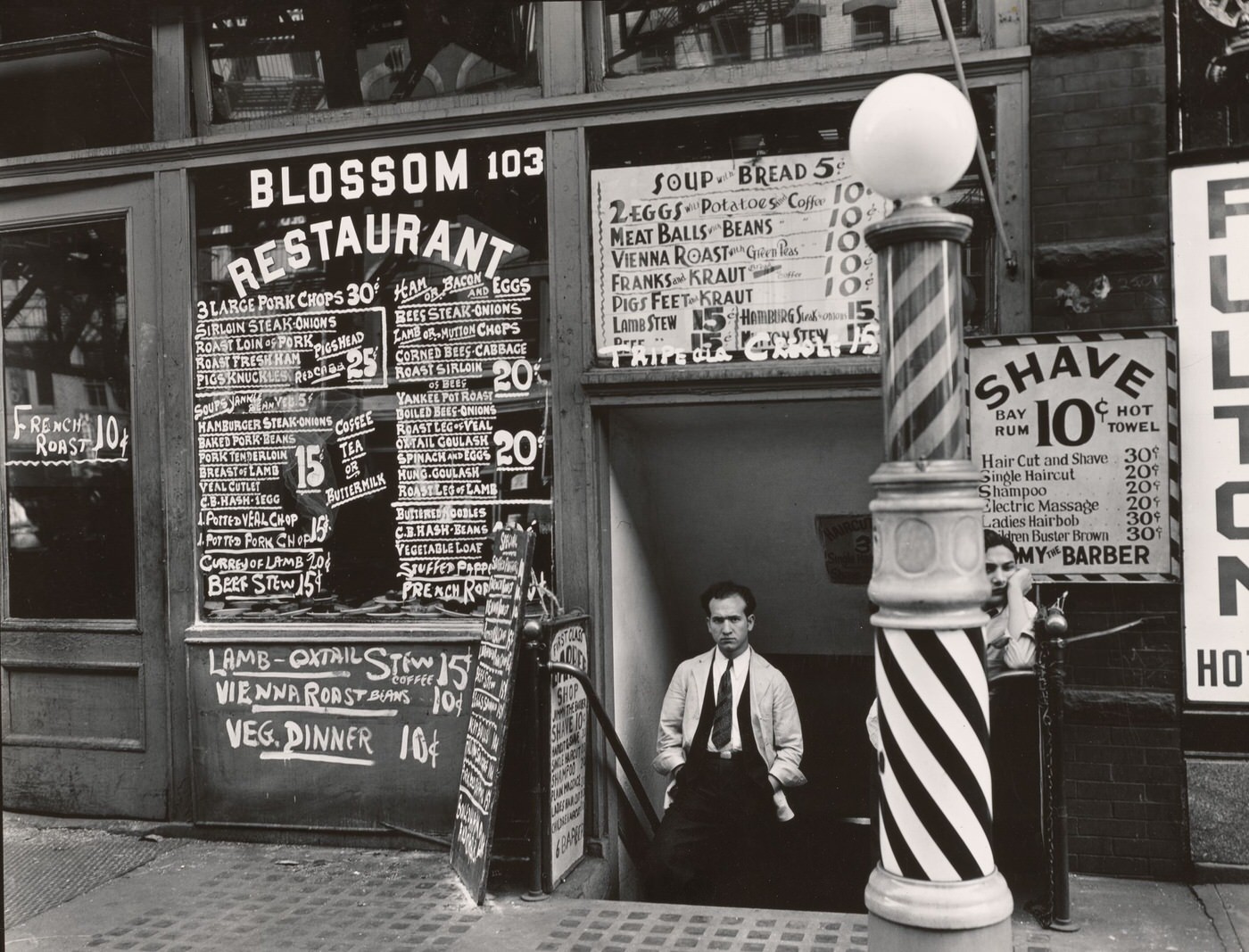
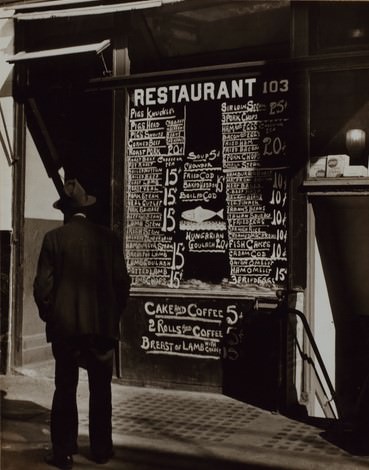
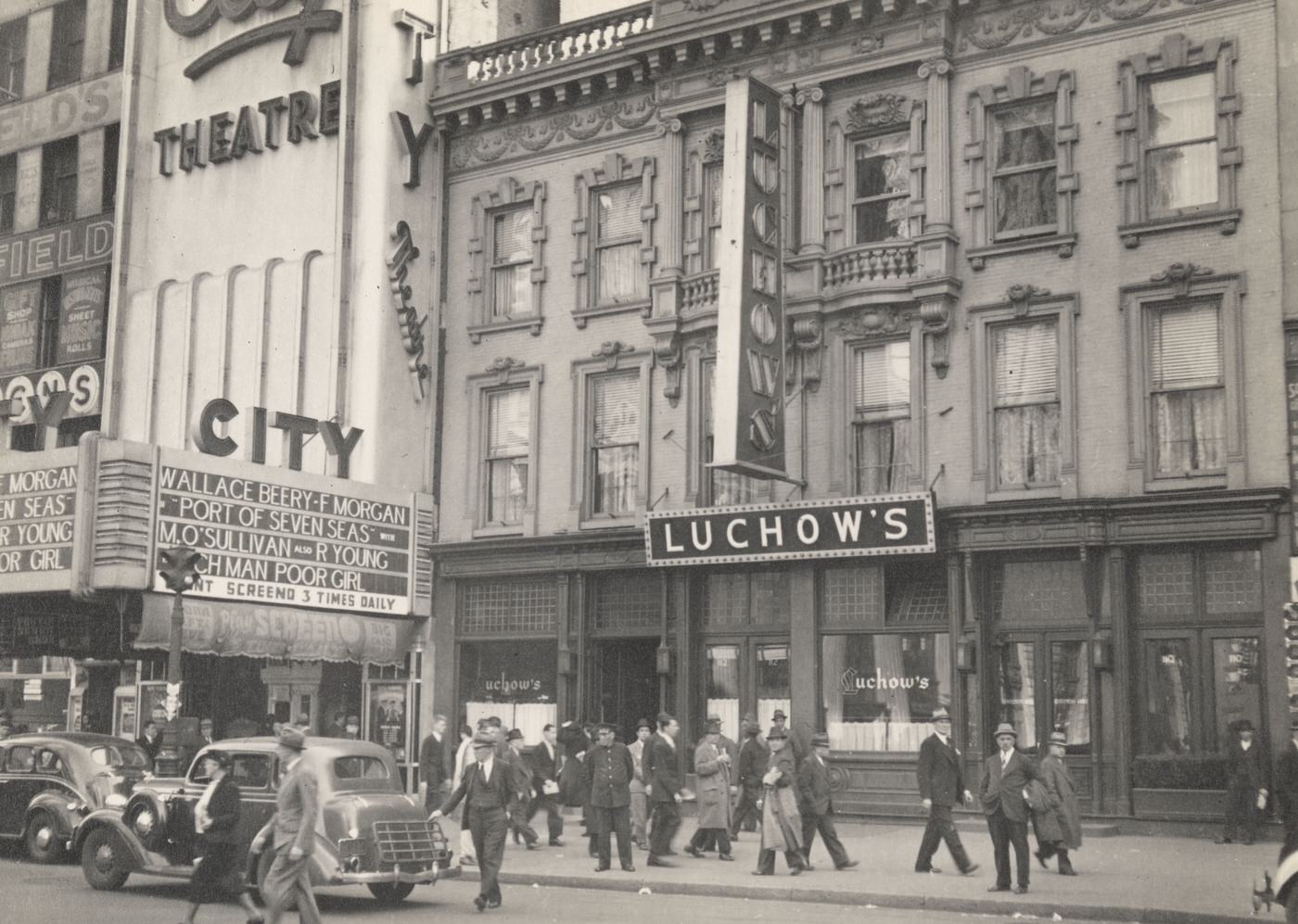
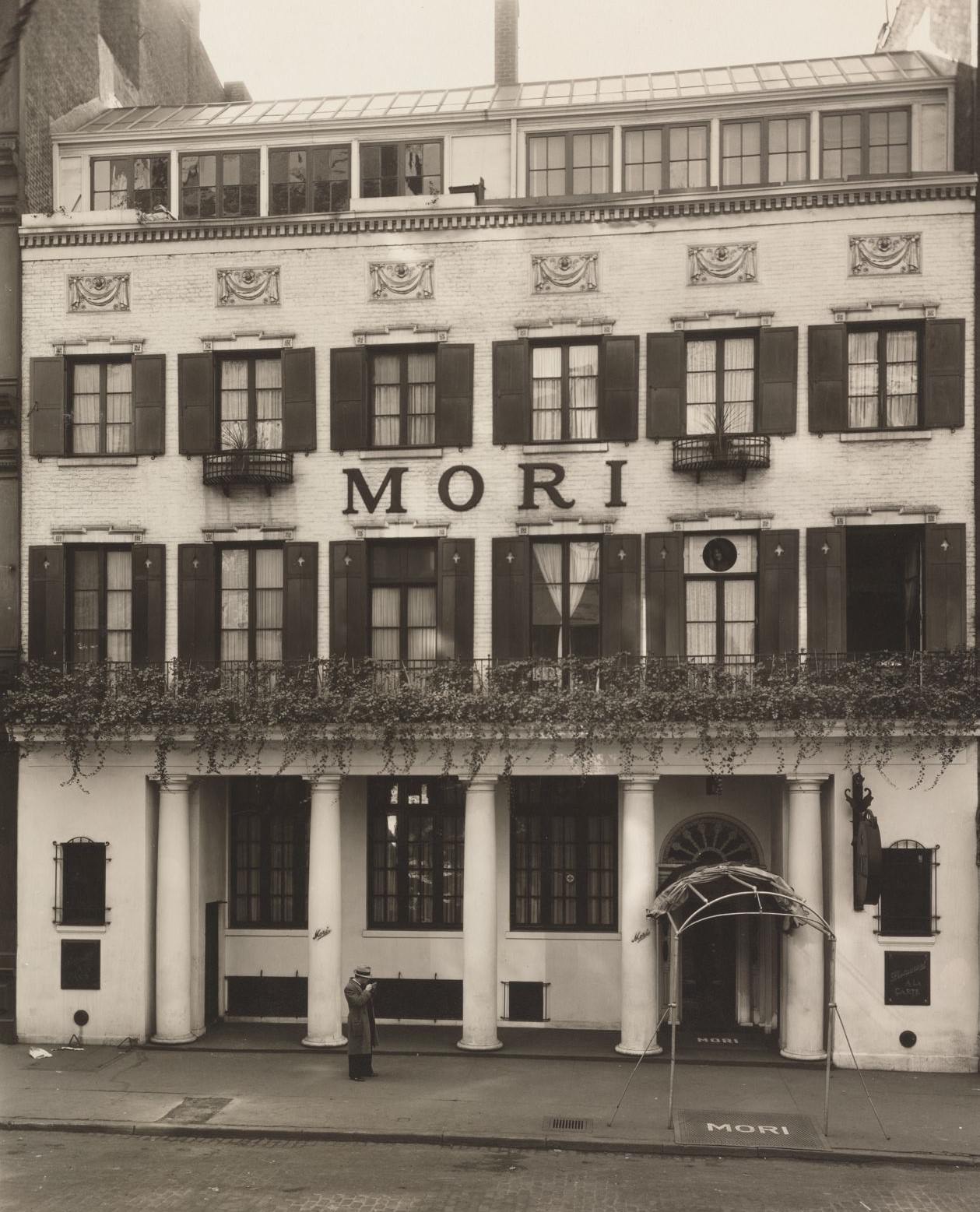
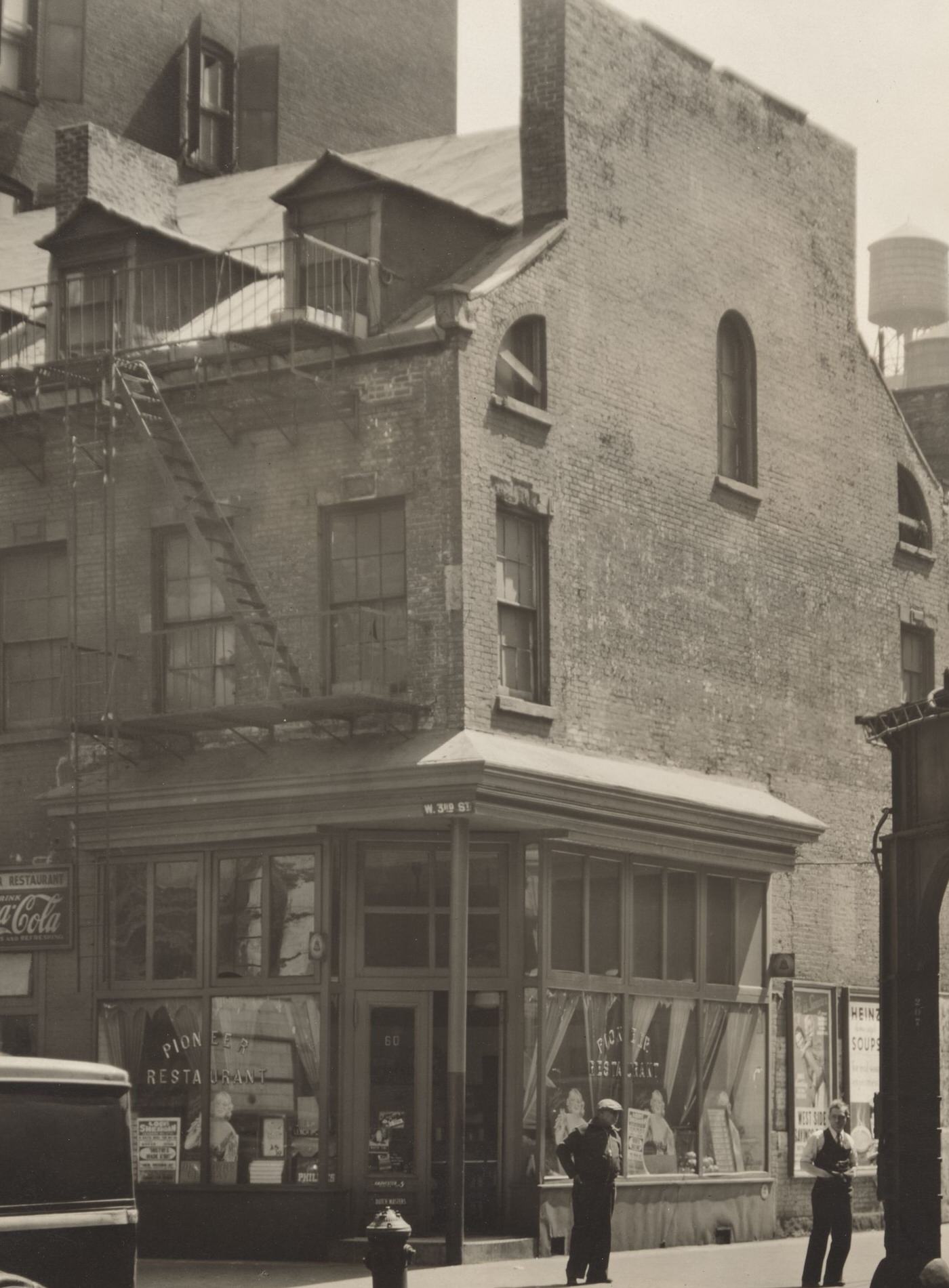
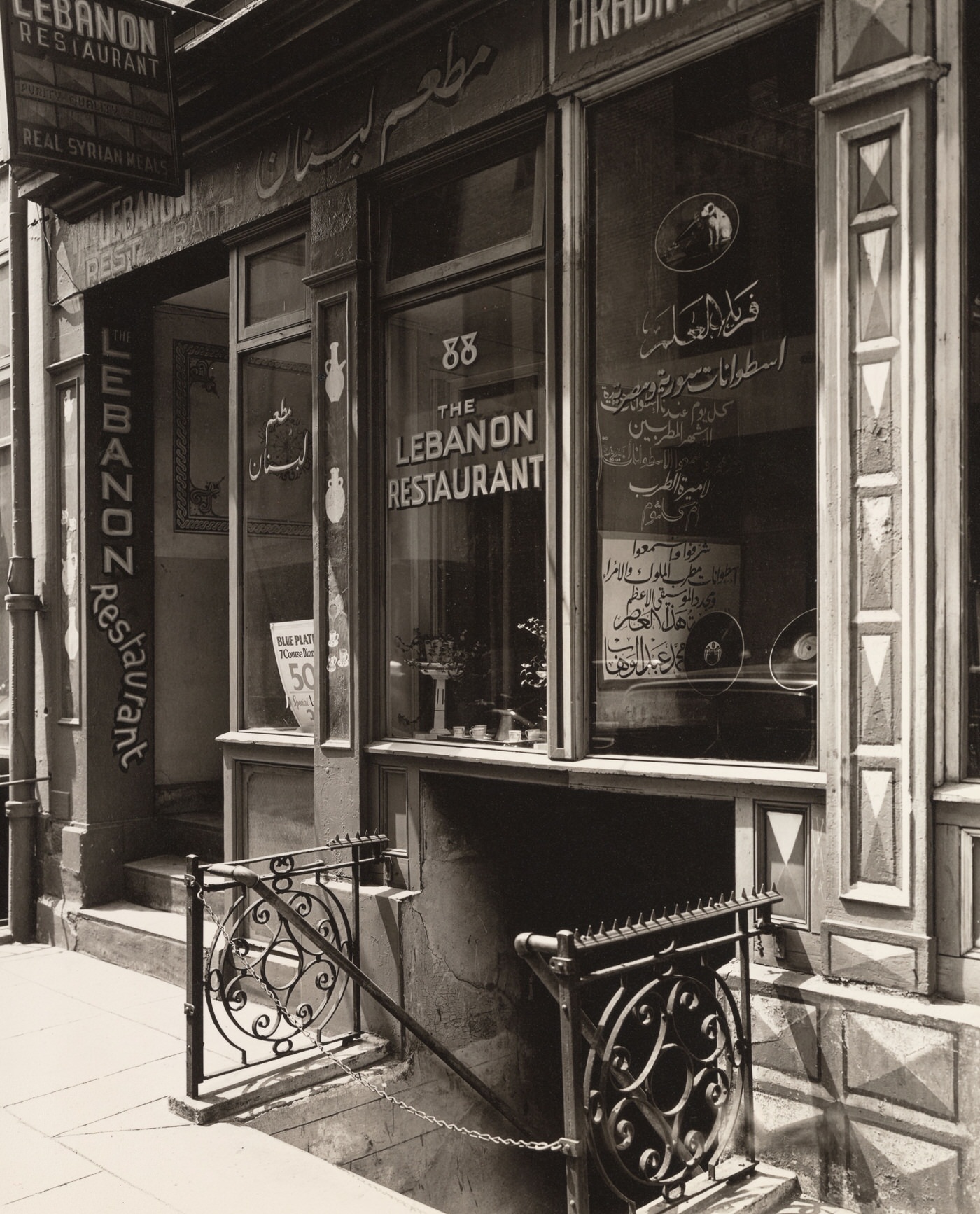
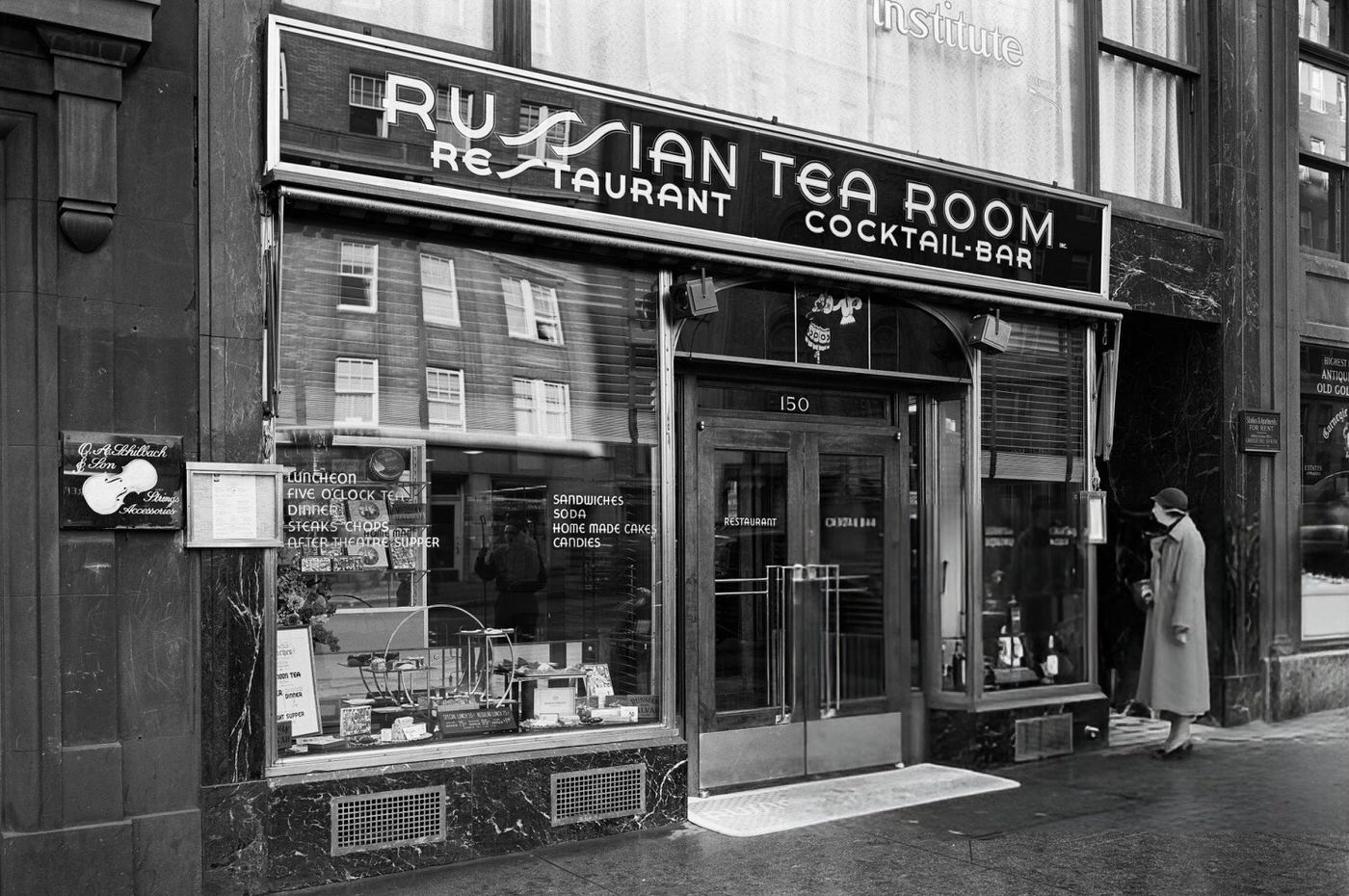
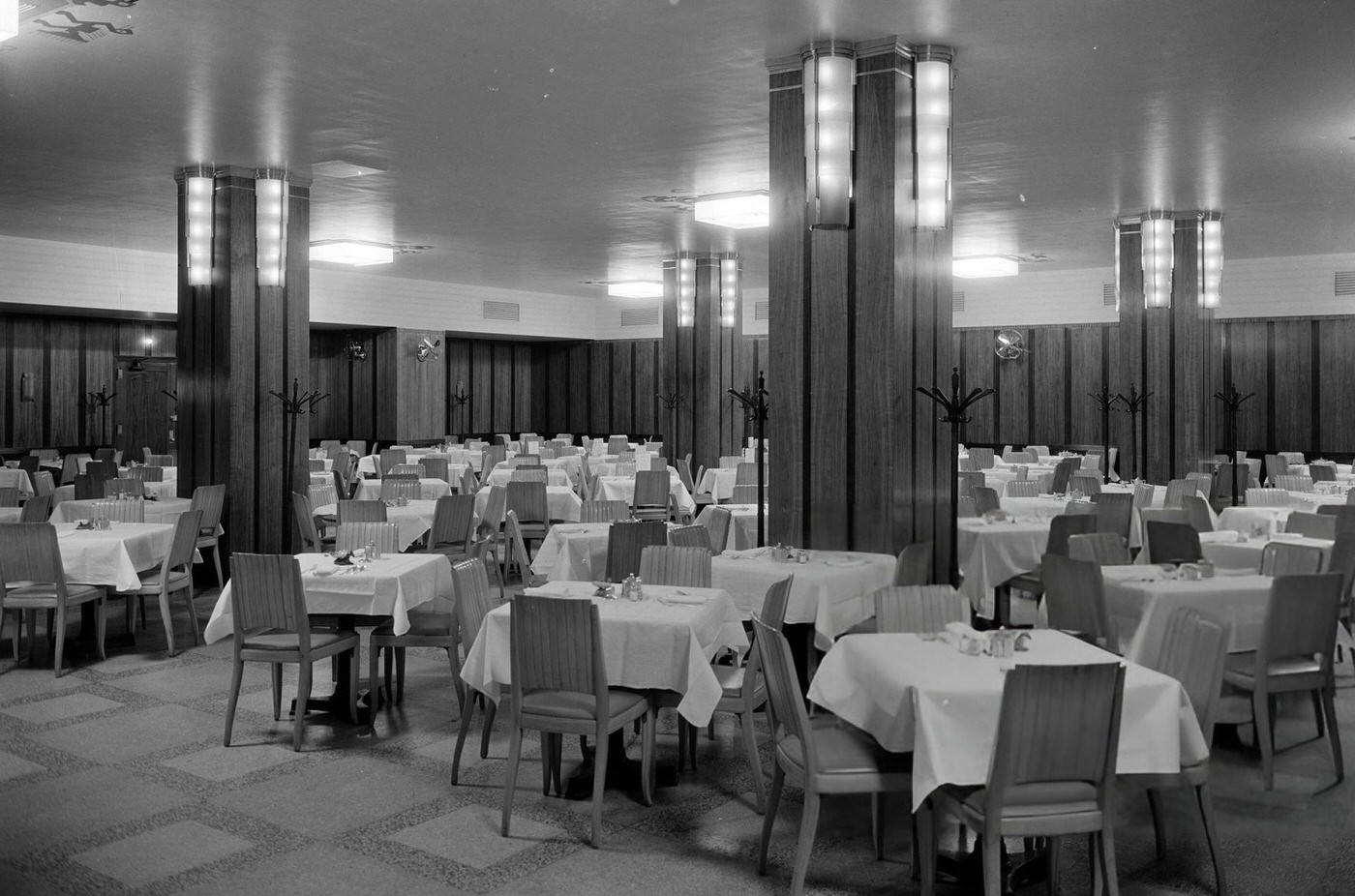
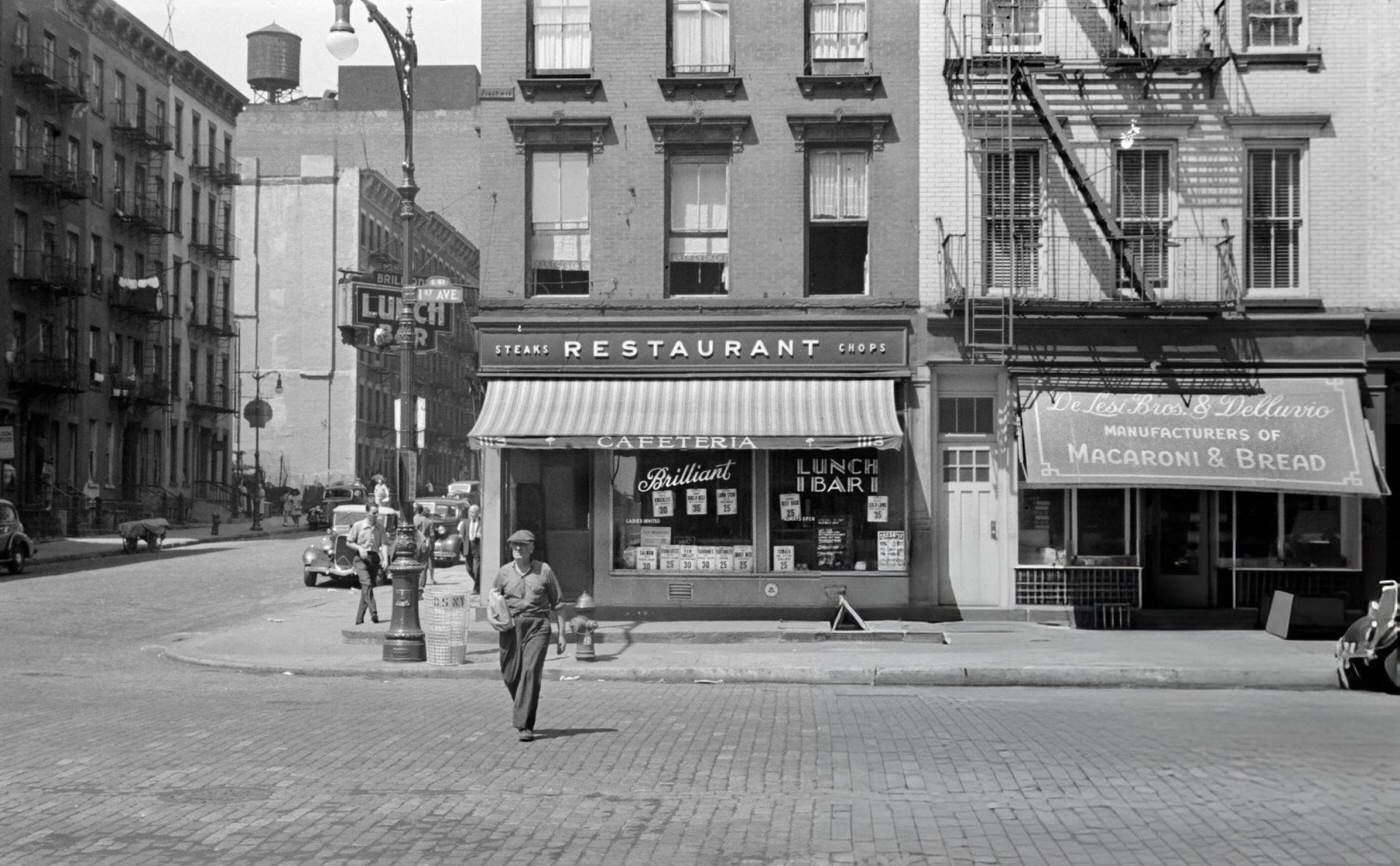
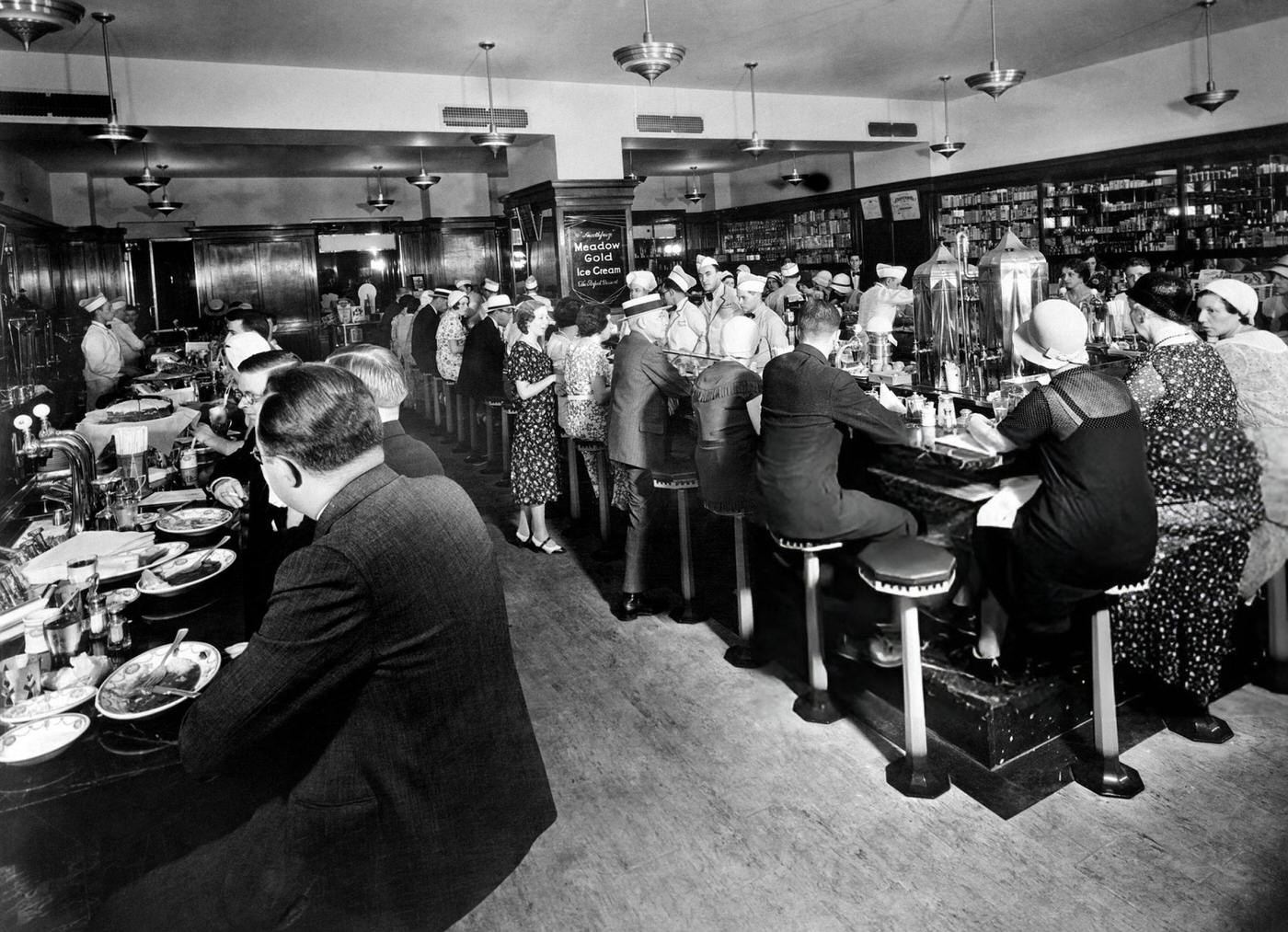
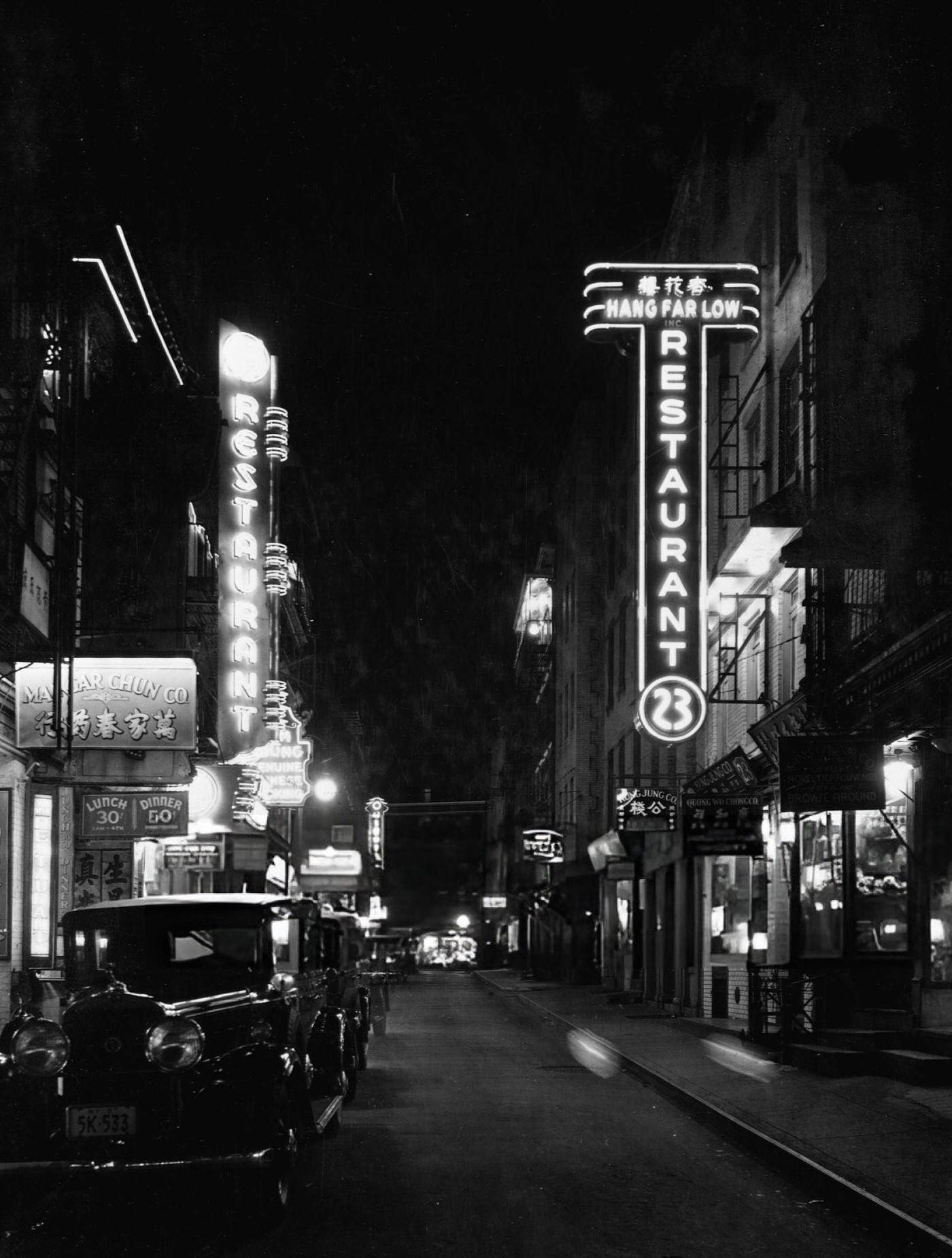
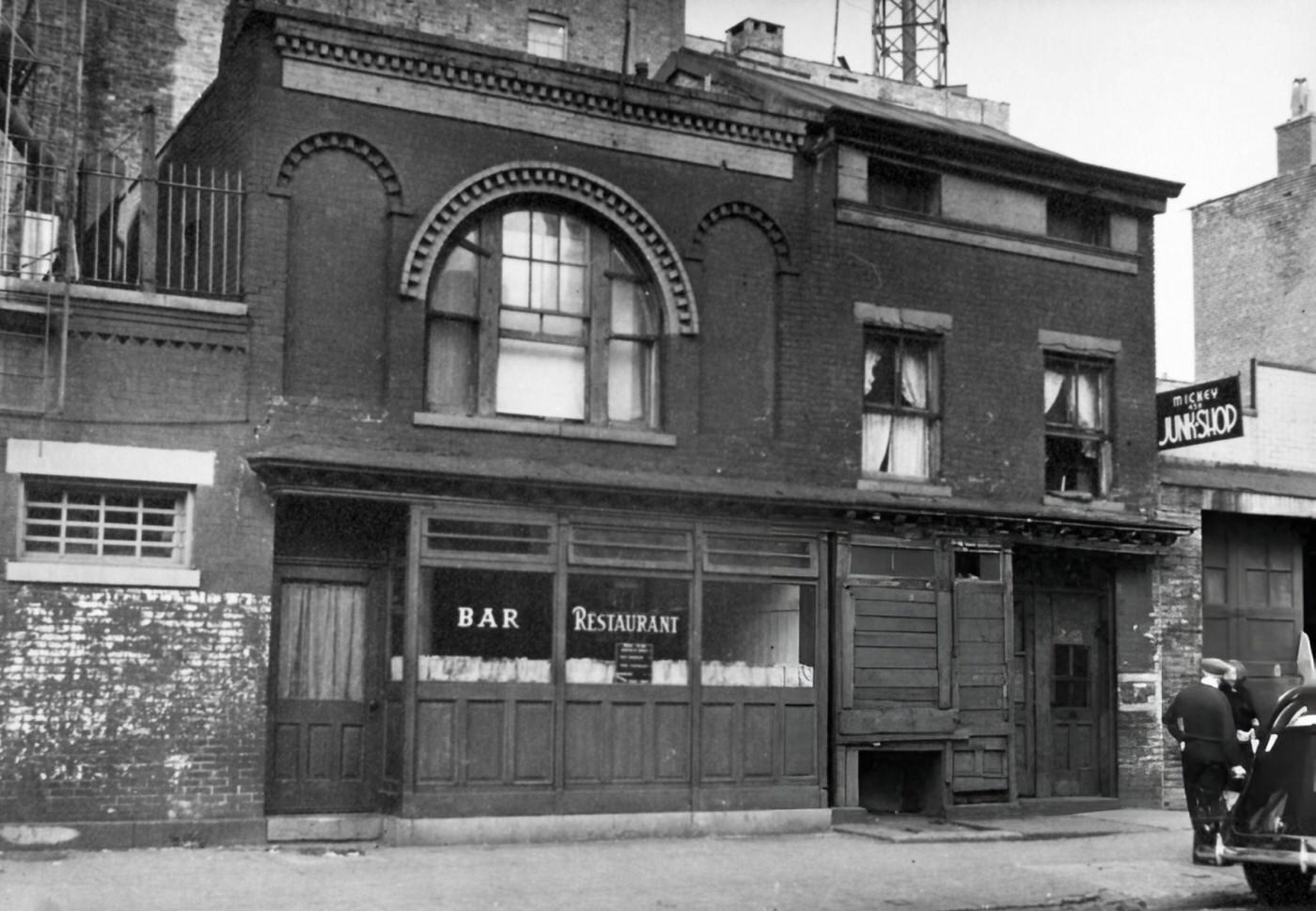
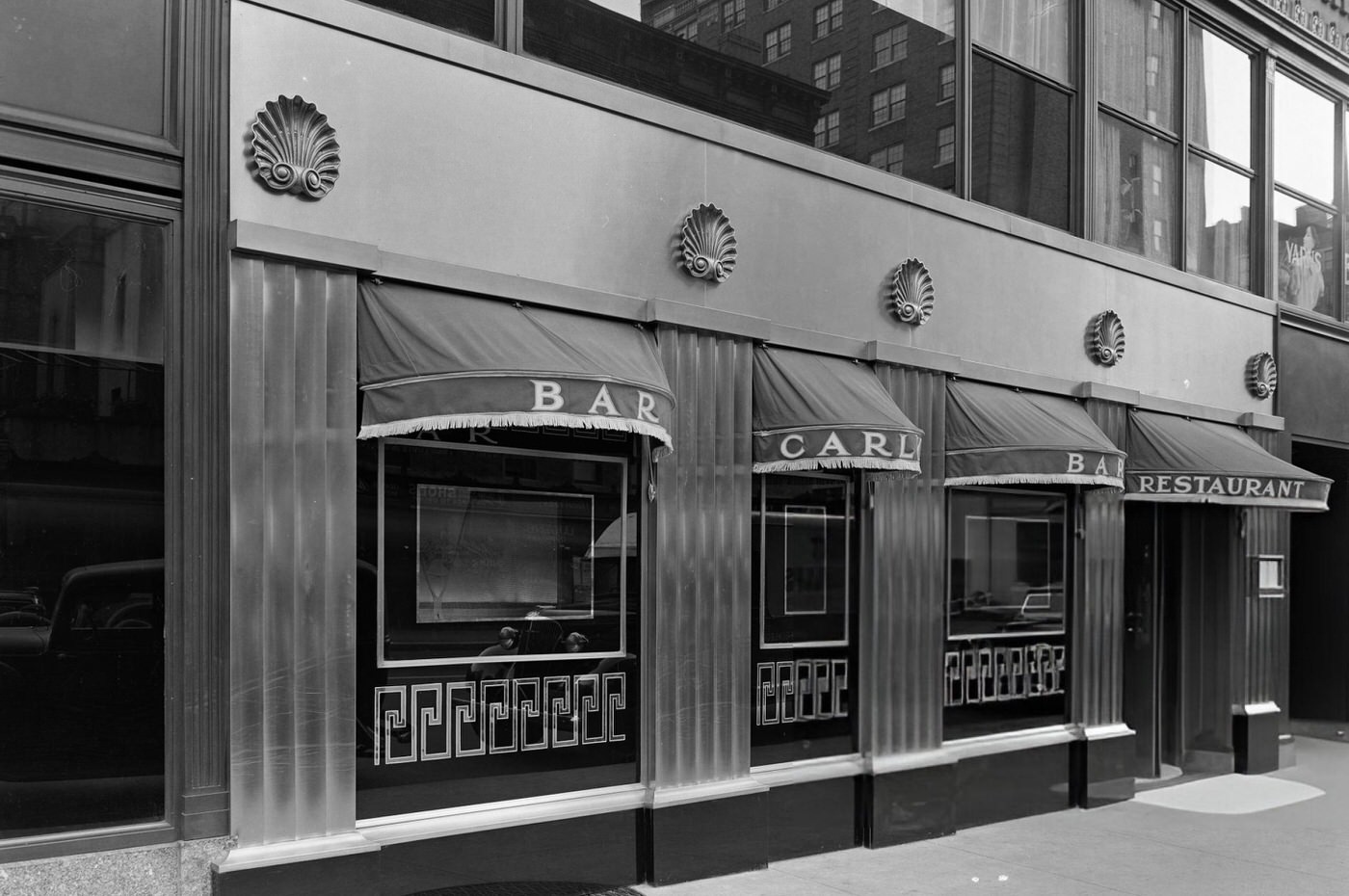
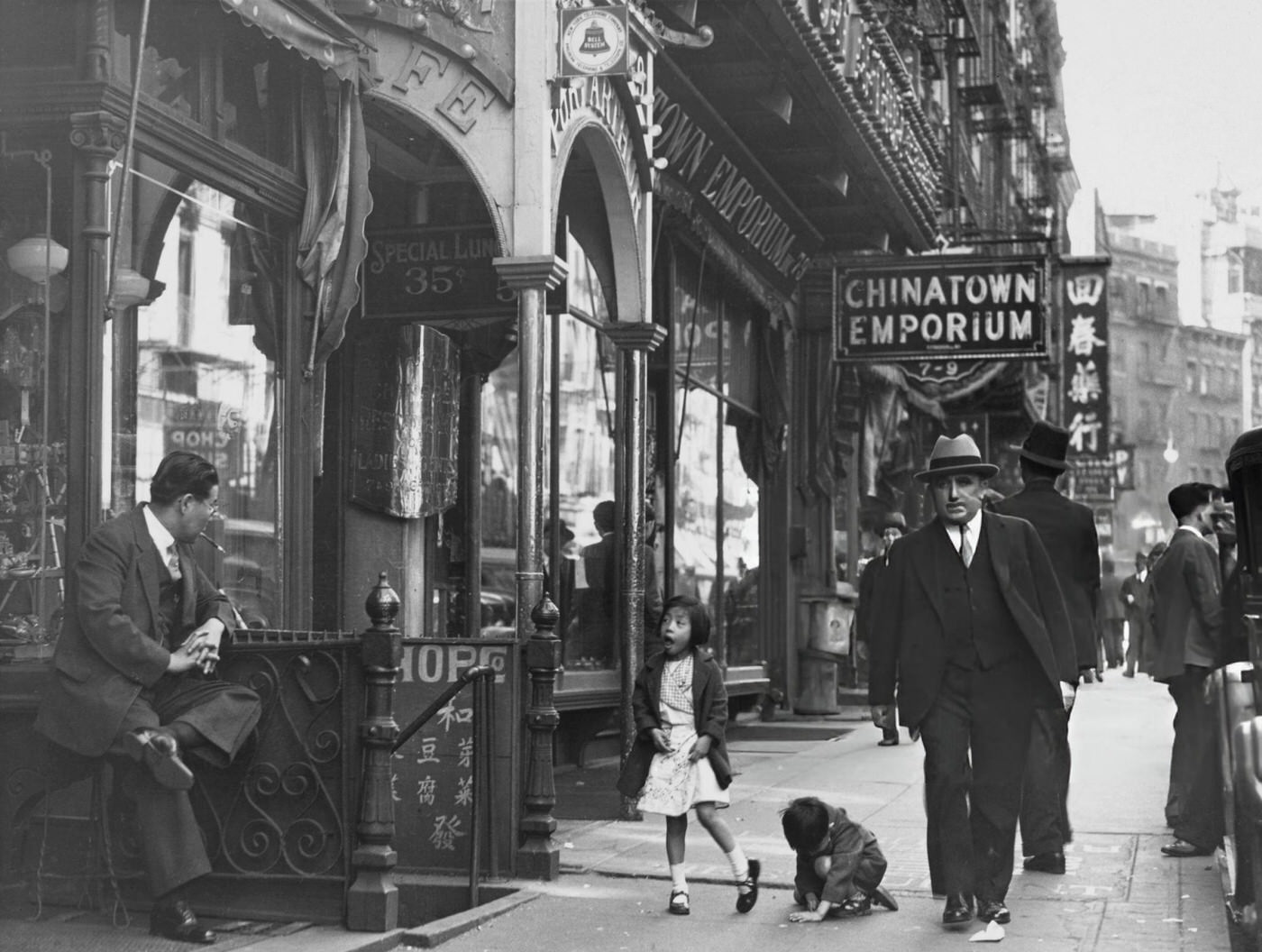

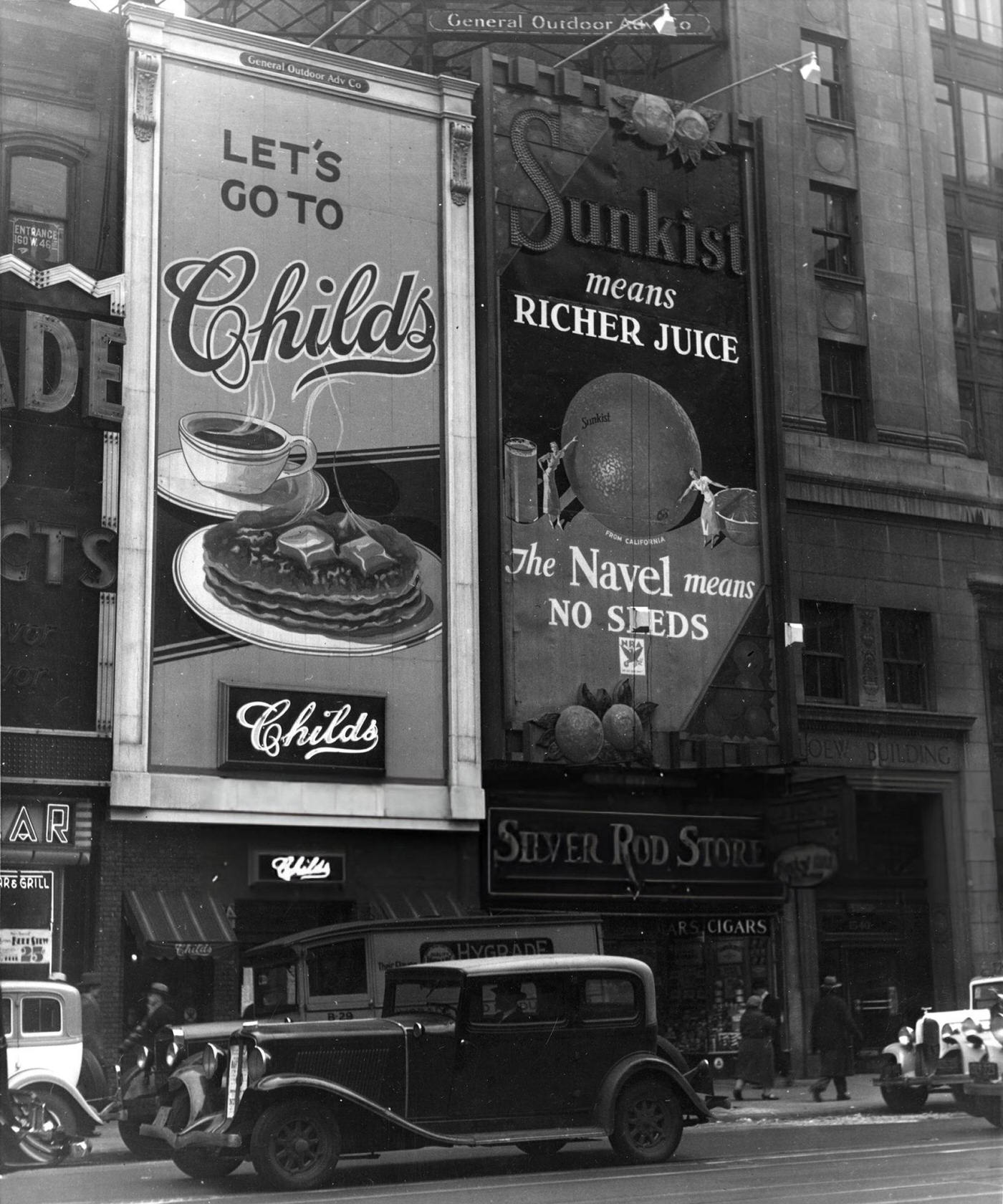

GIPHY App Key not set. Please check settings